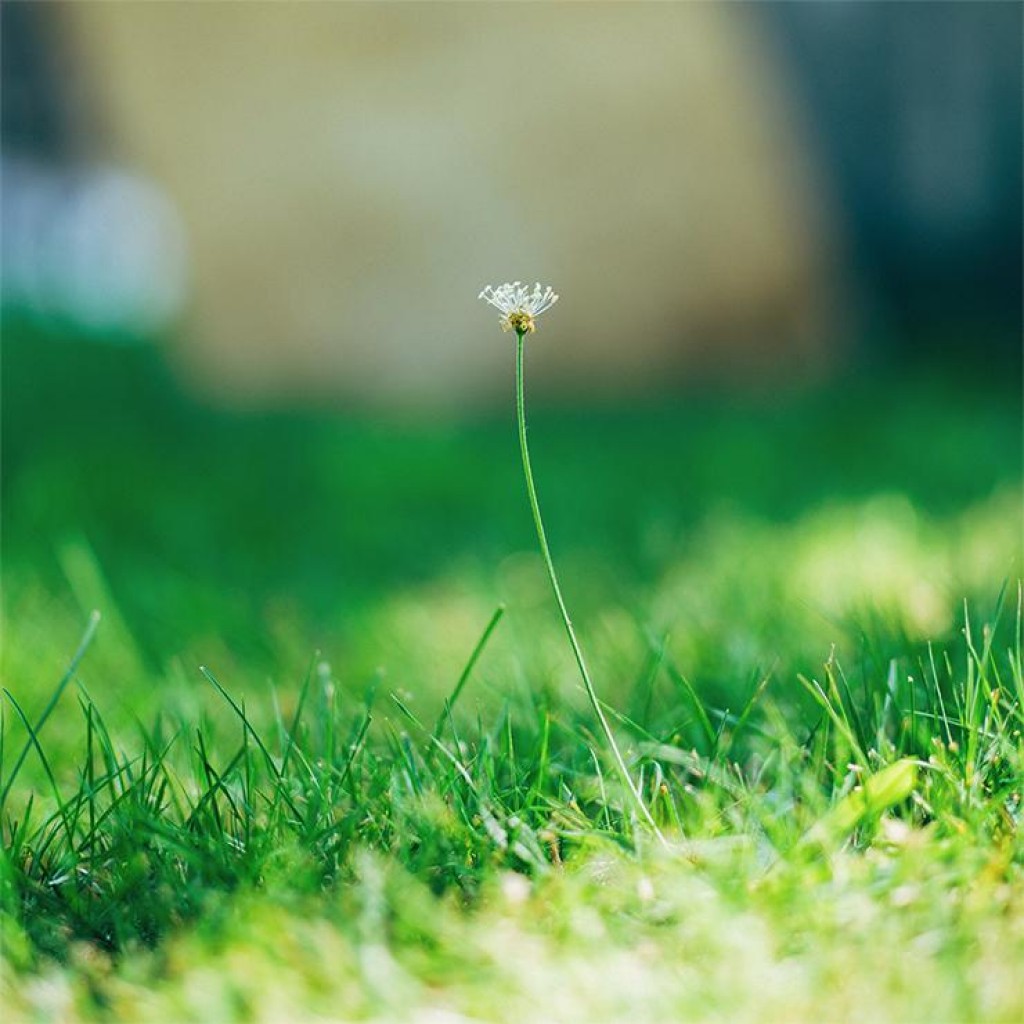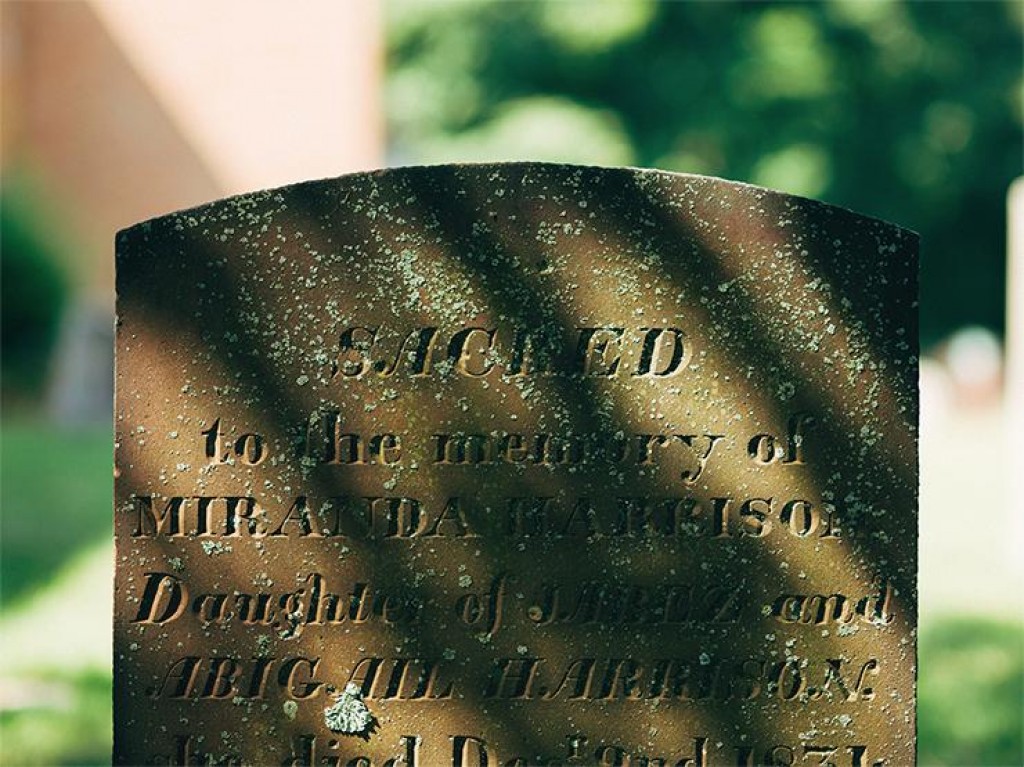
PROS
- Wide aperture.
- Nominal distortion and even illumination.
- In-lens 1/2,000-second shutter.
CONS
- Soft edges at wider f-stops. Pricey.
BOTTOM LINE
- The HC 2,2/100mm is the fastest lens available for the Hasselblad medium format system.
- It’s pricey, but it captures crisp images and delivers excellent depth of field control.
Design
The HC 2,2/100mm is fairly compact when you consider its focal length. It measures 3.2 by 3.4 inches (HD), weighs 1.7 pounds, and supports 77mm front filters. The manual focus ring is covered in gray rubber, while the metal barrel is finished in black. A raised orange square on the barrel indicates that this is the newer version of the lens that can open and close its integral leaf shutter in just 1/2,000-second, a marked improvement from the 1/800-second shutter used by the previous version.

A printed depth of field scale and a distance scale (in feet and meters) is visible at the top of the lens when it’s mounted. It has markings so you can estimate the depth of field at f/4, f/11, f/16, f/22, and f/32. A reversible metal lens hood is included, as is a soft carrying pouch.
The lens can focus as close as 3 feet (0.9-meter). It’s by no means a macro—at its best it projects images onto the camera sensor at 1:7.2 life-size—but offers a versatile working distance for everyday photography. There’s no optical stabilization system, but that’s something you’ll only find in a handful of medium format lenses for the Pentax 645Z$6,996.95 at Amazon system. There are no stabilized lenses available for Hasselblad cameras.

Image Quality
I tested the 100mm lens with the 50-megapixel H6D-50c. At f/2.2 it scores 3,175 lines per picture height on Imatest’s standard center-weighted sharpness test. That’s better than the 2,200 lines we like to see at a bare minimum when pairing a lens with a high-resolution camera. Image quality holds up through much of the frame, but edges tend to lag behind, showing 2,229 lines. That’s still a strong result, just not as crisp as the center and mid parts of the frame.
Narrowing the aperture improves the overall score to 3,388 lines. Edges also improve—they show 2,634 lines. But it’s not until f/4 that you get even performance right up to the edge of the frame. The center-weighted score hits 3,500 lines, and the periphery of the frame lags only slightly behind at 3,200 lines.

Images continue to get sharper as you stop down further. At f/5.6 the lens scores 3,488 lines, and it improves to 3,948 lines at f/8 before netting its sharpest results at f/11 (4,127 lines). Diffraction sets in at f/16, dropping the score to 3,627 lines, and it continues to detract from photos at f/22 (2,768 lines) and f/32 (1,810 lines).
Distortion isn’t a big issue. There’s about 1.1 percent barrel distortion, which gives straight lines the appearance of a slight outward curve. Likewise, uniformity—how even light is projected across the sensor—is fairly strong. At f/2.2 the corners lag behind the center about 1.1 f-stop (EV), but that deficit is cut to a negligible 0.7EV by f/2.8. Testing the 100mm on a cropped image sensor certainly gives it some advantage in this test—we’ll revisit the results on a true 645 image sensor if the opportunity presents itself.

Conclusions
The HC 2,2/100mm is a solid choice for Hasselblad owners. It offers the widest maximum aperture of any lens in the system, has a built-in shutter that can fire and sync with strobes as quickly as 1/2,000-second, and is capable of capturing crisp images with a very shallow depth of field. It’s priced higher than the more common HC 2,8/80mm standard-angle prime, but for the extra money you get a slightly tighter field of view and more control over depth of field.
Source: pcmag.com









































